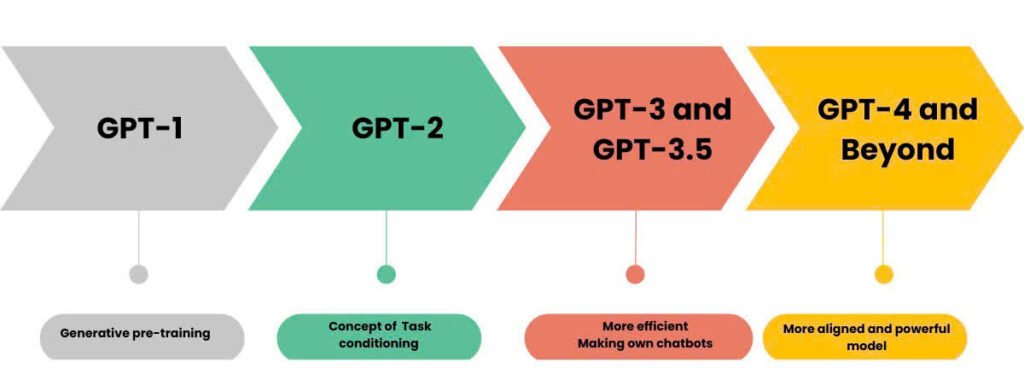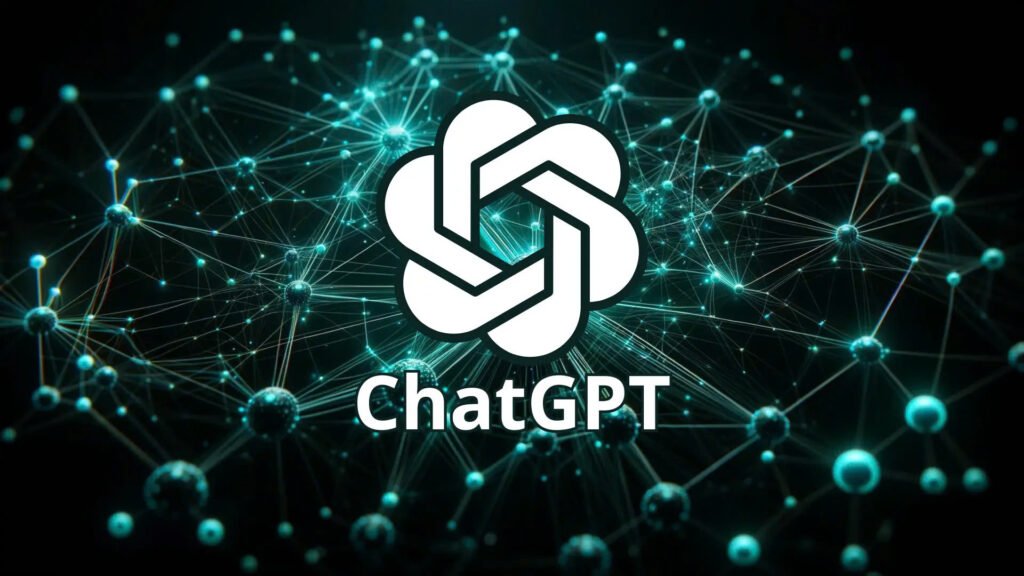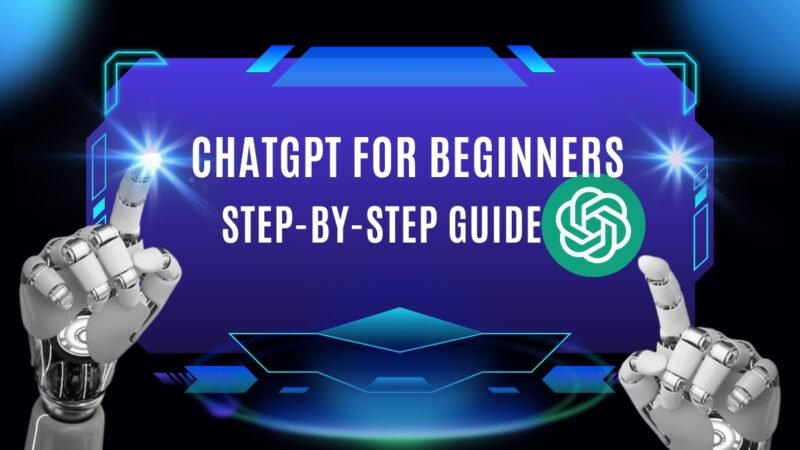The world of content creation is evolving rapidly, thanks to AI tools like ChatGPT. This tool is popular among tech enthusiasts and beginners, helping users generate human-like text, translate, write creatively, and answer questions. ChatGPT is changing how we create content, and this guide will help you get started—from setting up your account to using advanced features.
Getting Started with ChatGPT
Before diving into AI-powered content creation, you need to set up a ChatGPT account. Don’t worry, it’s easy and quick!
1. Creating Your OpenAI Account
- Go to chat.openai.com and click on the “Sign Up” button.
- You can create an account using your email or sign in with your Google or Microsoft account.
- If you use email, verify your address and enter a valid mobile number for verification.
- That’s it! You’re now part of the ChatGPT community.
2. Navigating the Interface
Once logged in, you’ll see a clean and simple interface that makes using ChatGPT easy. Here’s a quick overview:
- The Input Field: This is where you type your requests (or “prompts“) to tell ChatGPT what you need.
- The Output Area: This is where ChatGPT shows its responses.
- The Chat History Sidebar: This keeps a record of your past conversations for easy reference.
- The Settings Menu: Here you can customize your experience, manage your data, select your AI model, and explore other settings.
3. Choosing Your AI Model

ChatGPT is powered by different versions of OpenAI’s GPT models, including GPT-3.5 and GPT-4.
- GPT-3: The first model to make headlines, with 175 billion parameters.
- GPT-3.5: Similar to GPT-3 but trained on more text and code, making it more accurate.
- GPT-4: The latest version, with 1 trillion parameters. It’s much better at producing human-like text.
The model you can use depends on whether you have the free version or a ChatGPT Plus subscription. We’ll discuss the differences between these versions later.
The Art of Crafting Effective Prompts
Now that you know the basics, let’s dive into the core of ChatGPT: prompt engineering. A prompt is simply your instruction to ChatGPT. Think of it as giving directions to a capable assistant—better instructions lead to better results.
Key Principles of Effective Prompting
- Be Specific: Clear and detailed instructions help ChatGPT understand what you want.
- Instead of “Write a poem,” try “Write a sonnet about the feeling of nostalgia.”
- Use Keywords: Keywords help ChatGPT focus on what’s important.
- If you need information on renewable energy, use keywords like “solar power,” “wind energy,” and “sustainability.”
- Set Length Limits: Specify the length to control ChatGPT’s response.
- For a summary, use “Summarize this article in 100 words.”
- Provide Examples: Show ChatGPT the style, format, or type of content you want.
- If you want a blog post in a conversational tone, provide a sample of that style.
Prompting for Different Purposes
Here are some things ChatGPT can help you with:
- Content Generation: Need a blog post, social media caption, email, story, or poem? ChatGPT can handle it.
- Summarization: Turn long articles, research papers, or notes into short summaries.
- Coding: Generate code snippets, debug, or get advice on algorithms.
- Translation: Translate text between languages.
- Research and Information Gathering: Find relevant studies, statistics, or expert opinions on any topic.
Iterative Prompting and Refinement
Think of using ChatGPT as a collaboration. Start with a prompt, get a response, and refine it as needed. Don’t be afraid to experiment until you get the result you want!

Managing Conversations and Data
As you become more comfortable with ChatGPT, you’ll need to manage your conversations and data effectively.
Understanding Tokens and Token Limits
ChatGPT breaks text into small units called “tokens.” It can handle a certain number of tokens at once (currently 4,096). If your conversation gets too long, you might hit this limit, so keep an eye on the token count.
Chat History Management
Your past conversations are stored in the chat history sidebar. You can rename, delete, or archive chats to keep everything organized and manage sensitive information. It’s a good idea to delete conversations that include personal or confidential details.
Data Privacy and Security
OpenAI is committed to user privacy and data security. You can turn off chat history and choose not to allow your conversations to be used for model training. These options are available in the settings menu.
Beyond Text: Exploring Multimodal Capabilities
ChatGPT isn’t just about text—it’s evolving into a multimodal AI that can understand and respond to different types of inputs, like voice and images.
Using Voice Mode
Voice Mode lets you have a spoken conversation with ChatGPT. Activate it and start speaking your prompts—ChatGPT will listen and respond, making it feel like a real assistant.
Integrating Images with Text Prompts
You can now upload images along with text prompts, opening up new possibilities. For example, you could upload a landscape photo and ask ChatGPT to write a story inspired by it.
Ethical Considerations and Responsible AI Use
With great power comes great responsibility. As AI tools become part of our daily lives, it’s important to use them responsibly.
Bias in AI
AI models are trained on massive datasets, which may reflect existing biases. ChatGPT can sometimes show biases, so it’s important to be critical of its output and evaluate information carefully.
Misinformation and Disinformation
ChatGPT isn’t perfect and can sometimes produce inaccurate or misleading information. Always double-check the content it generates, especially for factual claims. Use it as a tool for brainstorming and research, but rely on human judgment.
Plagiarism and Academic Integrity
Using ChatGPT’s output as your own work is plagiarism. Use AI ethically, ensuring your work is original and reflects your own thoughts.
Tips for Beginners
Here are some extra tips to get the most out of ChatGPT:
- Start Simple: Begin with easy tasks and explore advanced features as you grow more comfortable.
- Embrace Experimentation: Play around with different prompts and approaches to learn what works best.
- Fact-Check and Verify: Don’t assume everything ChatGPT says is correct. Always verify important information.
- Troubleshooting Common Errors: If you run into errors, like hitting token limits, don’t panic! Check the documentation or online resources for solutions.
Conclusion
ChatGPT is a powerful tool that opens up a world of possibilities for content creators, marketers, and entrepreneurs. Learn to use prompts effectively. Explore its features. Use it responsibly. This will help you boost productivity, be more creative, and stay ahead in the AI world.




